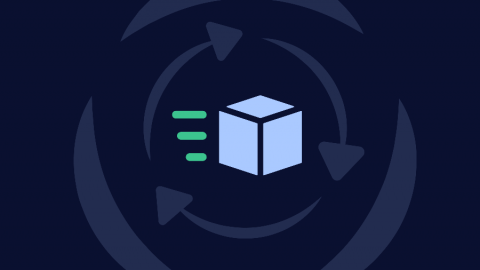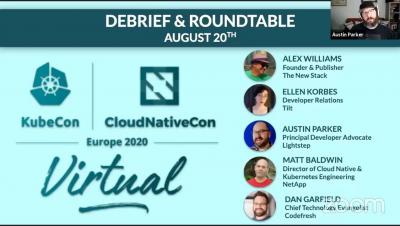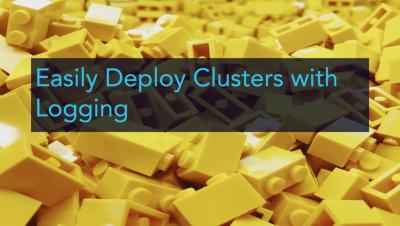Universal Package Tagging
A key factor in good package management is organization. How you organize and structure your repositories will help you to unlock the efficiencies and promises of modern DevOps processes. There are, of course, a multitude of ways you can organize packages. You can group by version numbers, formats, architectures, filetype and more.











